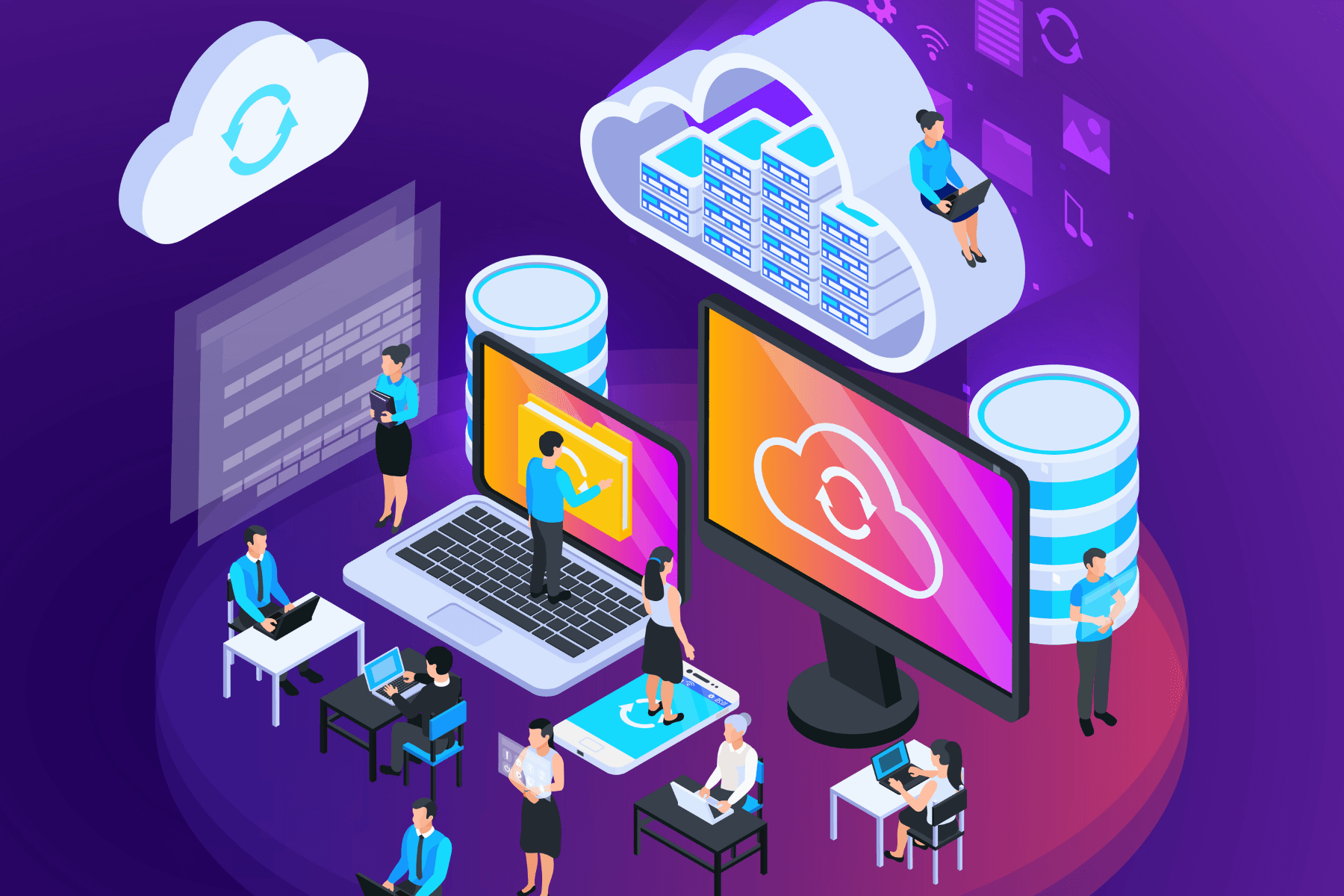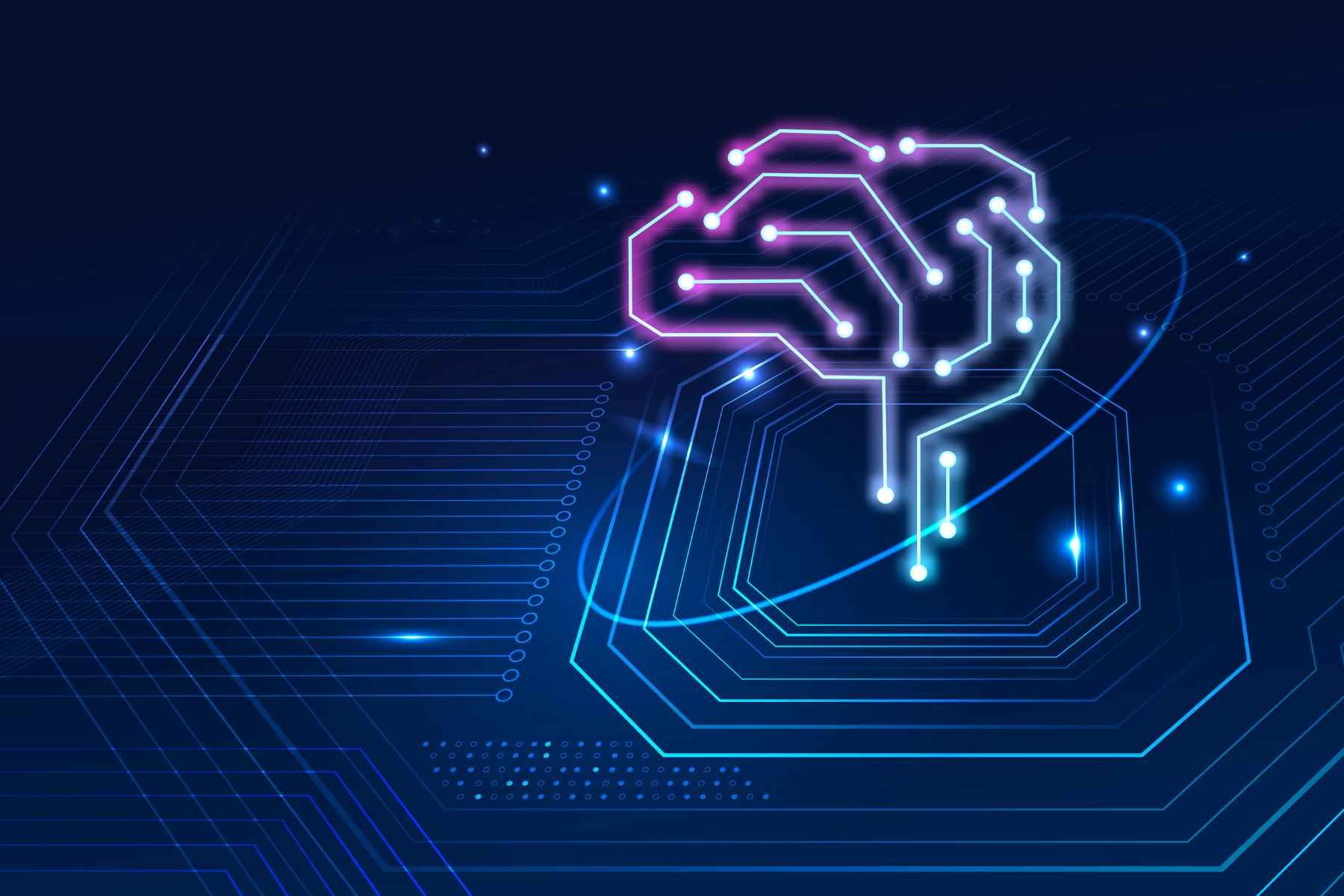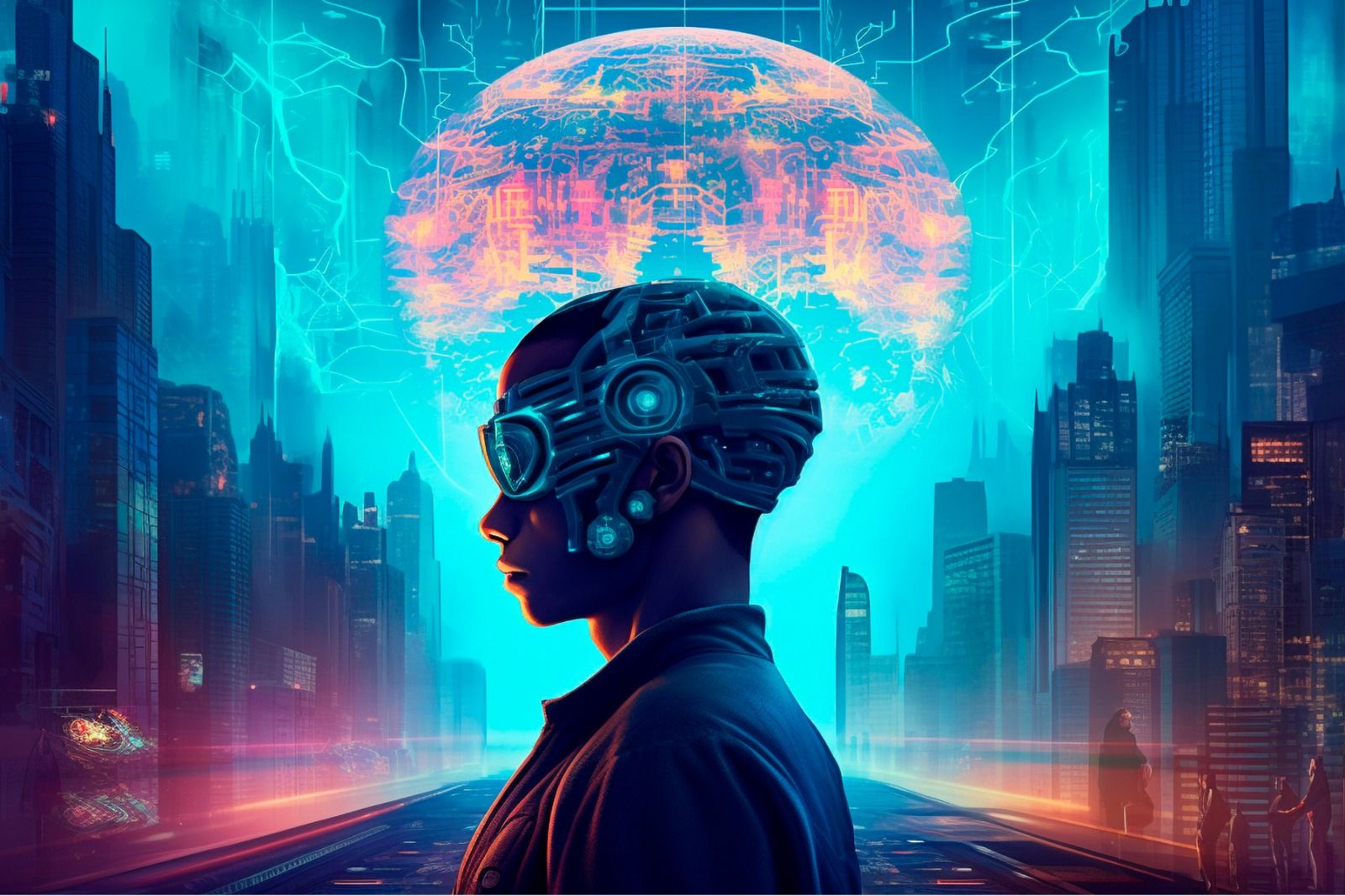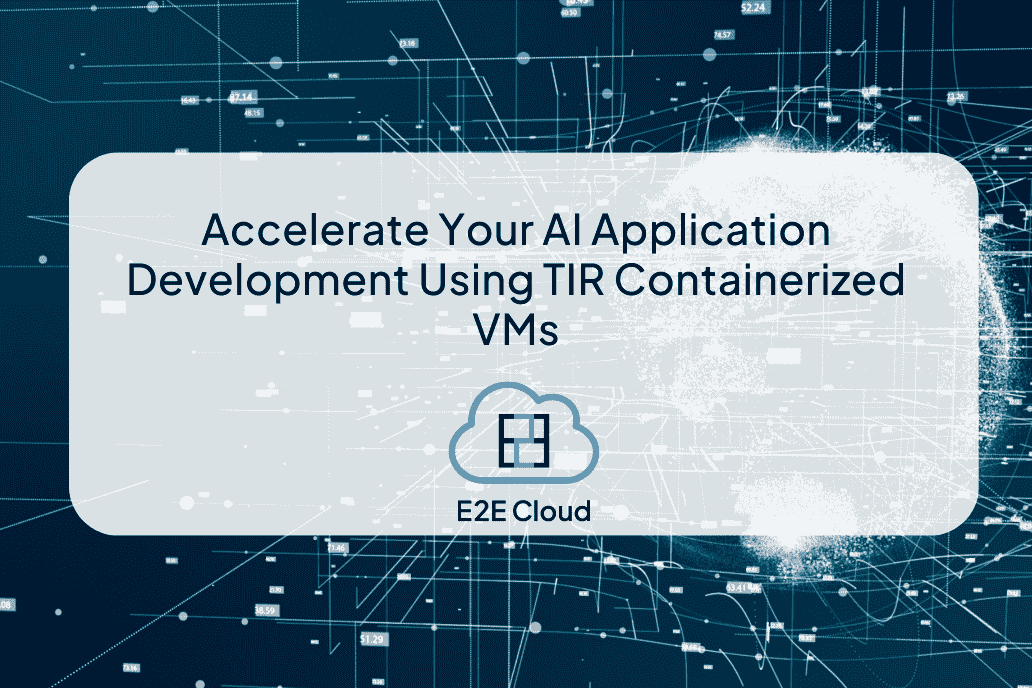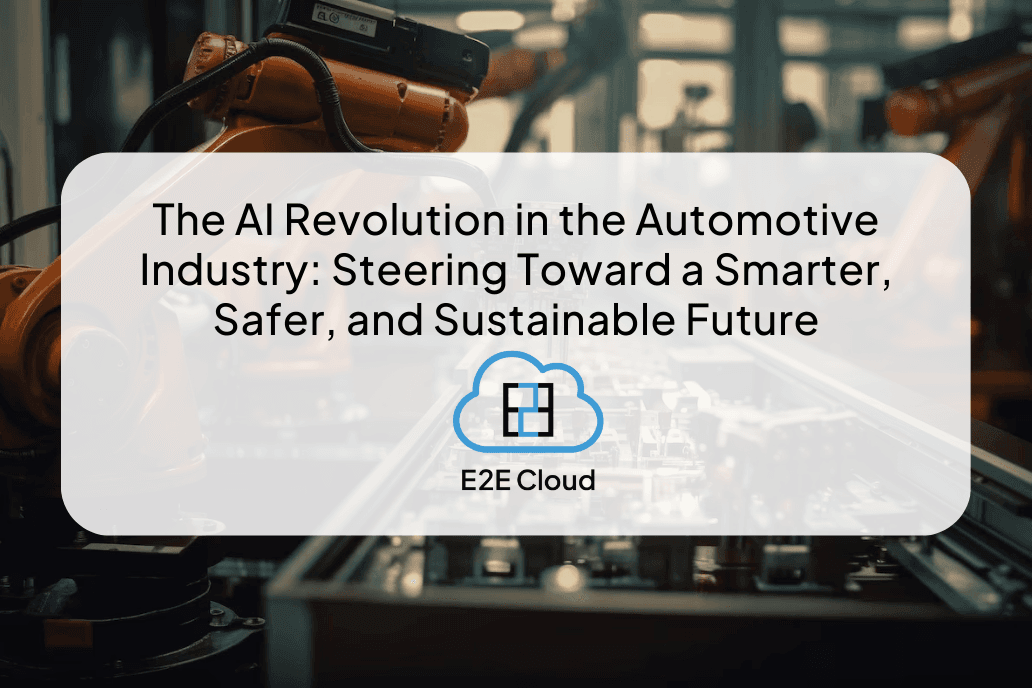Although most companies sign an enterprise agreement for the procurement and assistance of open source software, such software is freely available. However, in order to escape the related delivery costs, all of the work that a vendor might usually do on behalf of a customer would have to be done in-house.
Safety is indeed a top priority for all organisations when it comes to their database environments, which hasn't changed much in recent years. Several high-profile data breaches have occurred in the last year due to misconfigured databases.
It is noteworthy that these well-publicised data breaches are often the result of configuration problems or unsupported, out-of-date applications. However, there's no need to be concerned if you're using up-to-date, well-maintained, and properly executed deployments, just like the one provided by E2E Cloud.
While open source software is free, several companies are willing to pay for help. This model, on the other hand, does not scale well, making wider adoption costly. Continue reading as we delve in depth about both approaches and weigh our choices.
Factors To Consider:
We're going to focus on security and assistance in this article. In the context of a database, this means:
Open-source software is more safe and dependable
There is a persistent myth that open source software is more vulnerable to failure. In reality, it's quite the opposite. Bugs will always exist in every sufficiently complex and modern program; they are an unavoidable byproduct of writing software. OSS is more dependable since it is tested by a large number of developers, users, and testers. This means bugs are more likely to be discovered, and bug fixes and security patches are more likely to arrive quickly.
It's staggering to think of how many hours of volunteer work go into creating open source software. Many individuals, organisations, non-profits, businesses, and others are involved in the project. Without exorbitant costs, none of them could achieve the results on their own.
When you have a significant influence, you also have a lot of responsibility
Open Source Software places you in control of your own destiny. You gain a competitive advantage by being able to customise applications to meet your needs. Open source software boosts productivity, encourages creativity, and offers powerful and efficient solutions. However, it also implies that you must ensure that website maintenance is carried out as planned, as the overall responsibility rests with the person in charge of overseeing the work.
It is cost-effective
It costs nothing to use open source software. You'll have to pay a bill to have the device customised to your specific needs, but you'll see an immediate return on your investment. Any feature you want can be incorporated into your project to make it completely special. You can finally get the fantastic website you've always wanted.
Developers are familiar with the term “open source”
With values like community engagement, transparency, and collaboration, open source speaks to a mindset that resonates with many developers and draws in bright developers. Developers prefer open source, according to the findings. Many open source projects begin with a single developer or a group of developers believing that there must be a superior alternative to a particular situation. And these programmers sometimes do things only for the sake of having fun. They genuinely enjoy tinkering with code to get it to do just what they want. They're guided by a desire to improve upon what already exists.
The code can be checked for security flaws from the outside
There is no such thing as flawless code, and open source software is no exception. However, compared to its closed source equivalent, it has the ability to be safer. It can seem counterintuitive, but making source code available to others improves its protection. End users, experts, and the open source community at large will check that the program does exactly what it claims to do if the code is publicly available for review.
Secrecy is the foe of quality in general, not just in software
Every single one of us is a human being. Pretend all you want, but if you open your code to the public, you'll have to put in extra effort to make sure it doesn't embarrass you. When code is visible, it is more likely to be of better quality than when it is concealed behind license restrictions. The most significant distinction between open source and proprietary software is in terms of quality.
Parting Note
The aim of this blog was to educate those interested in E2E Cloud about the various options available and to provide information to help them choose the best server for their needs.
Many businesses choose the Enterprise edition instead of Open Source because of security concerns. Many networks, on the other hand, can provide all of this functionality without requiring a license. This eliminates the need to purchase licenses for manufacturing, development, testing, quality assurance, sandbox, and other environments. By using non-licensed, open source applications, you can ensure consistent implementation in all environments while also ensuring that your organisation's security requirements are met.
Visit our website for more details about why more and more corporate enterprises are reaching in when it comes to open source software adoption (OSS). It looks at the advantages of incorporating open source into your database infrastructure, as well as how using an open source product as part of your enterprise solutions can help your business.

